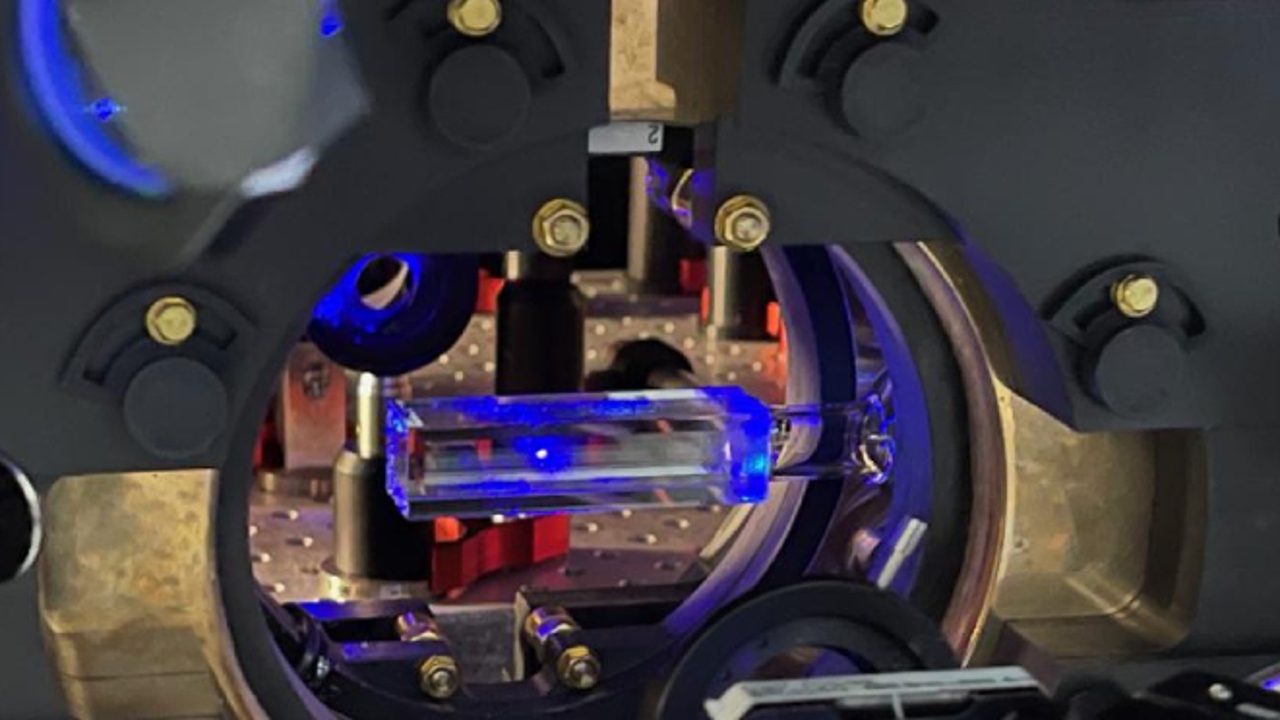A team of scientists from Institute of Photonic Sciences from Barcelona, directed by the researcher Leticia TarruellIt has built the first analog quantum processor in Spain, a tool “without global precedent.” According to a statement from the Generalitat of Catalonia collected by Europa Press, this quantum processor or simulator is a quantum gas microscope capable of detecting individual atoms of strontium quantum gases. Chione I, named after the Greek goddess of snow, will make it possible to understand and address the behavior and properties of complex quantum materials and simplify and solve problems that go beyond classical computing.
Quantum physics needs high-precision methods to study the microscopic properties of materials, the IFCO explained in a statement. Quantum gas microscopes are a type of analog quantum processors that allow images of quantum gases to be obtained with such high resolution to detect each of the atoms.
Quione I, in addition to being the first built in Spain, is the first in the world to image individual atoms of strontium quantum gases.
“Quantum simulation can be used to reduce very complicated systems to simpler models and then understand open questions that current computers cannot answersuch as why some materials conduct electricity without losses even at relatively high temperatures,” said Tarruell.
The team of scientists has managed to bring strontium gas to the quantum regime, place it in an optical network where atoms could interact by collisions and then apply imaging techniques to individual atoms. Quione I not only takes images, but also videos of atoms.
Until now, these types of microscopes had been based on alkaline atoms, such as lithium and potassium, with simpler properties, in terms of optical spectrum, than alkaline earth atoms such as strontium. This is an element widely used in quantum computing and simulation with which, for example, you can use a cloud of strontium atoms as an atomic quantum processor to solve problems that traditional computers cannot.
“It is a very exciting time for quantum simulation. Now that we have added strontium to the list of available quantum gas microscopes, soon we will be able to simulate more complex and exotic materials. New phases of matter are then expected to emerge. And we also hope obtain much more computing power to use this machinery as analog quantum computers”says Tarruell.
Quione I is the first result of a program that aims to use quantum processors based on ultra-cold atoms, individually detected and controlled to solve certain physics problems. Quione I will be followed by Quione II, a hybrid analog-digital processor currently in development at IFCO.

